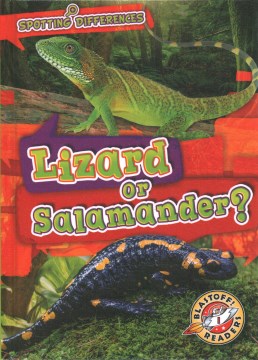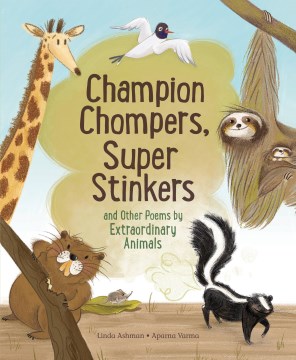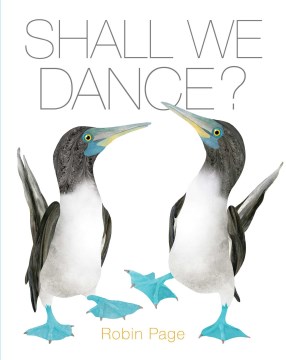by Mari Schuh

Blastoff! Readers Level 1: Spotting Differences series is a twenty book set that delves into the differences between animals. Each book focuses on a pair of animals and details physical and behavioral traits. Text is accessible to your newest readers and accompanying illustrations are high quality and engaging. Nonfiction text features include: table of contents, glossary, index and labeled diagrams. Unfamiliar words are in bold type and their differences are repeated at the end as a wrap up. Suggested websites and resources are noted for further investigation.
Lizard or Salamander? looks at the differences between those organisms. Different physical features are noted like dry skin vs. wet skin and claws vs. no claws. Then, behaviors are compared. The reader also learns that lizards come out at daytime and salamanders are active at night. and each live in different places. Photos are clear and crisp and text is not dense. Give this to your new readers as the books have high interest content. These won’t stay on the shelves!



